Information from the Market Management Department shows that among the violations detected and handled in recent times, the number of cases of trading in counterfeit goods has shown signs of increasing. From the beginning of 2025 to now, through inspections of 10 establishments with signs of trading in counterfeit goods, the Market Management force has detected and handled 8 violations, collecting 138 million VND to the state budget. The number of violations has tended to increase, but still does not fully reflect the problem of counterfeit goods in the current market. Faced with increasingly sophisticated and unpredictable methods and tricks of criminal activities of subjects, the Provincial Market Management Department has proactively coordinated with functional forces to apply synchronous measures to combat and suppress crimes. Thanks to that, many cases related to the production and trading of large-scale counterfeit goods, directly affecting the health of consumers, have been detected and promptly handled by authorities.
Typically, on January 14, 2025, Market Management Team No. 3, Provincial Market Management Department coordinated with the Economic Police Department, Provincial Police to inspect an enterprise in Tan Tuu Ward, Kim Bang Town. At the time of inspection, the enterprise was decanting sugar from 50 kg bags to 1 kg bags, packaging them into finished products. However, on the product label and packaging, it was stated: Exported white sugar, high quality Vietnamese cane sugar, packaged at Quoc Hung Company Limited, address 561 Tam Trinh Street, Hoang Mai District (Hanoi). Considering that the case had signs of violation of the crime of producing and trading in counterfeit food products, Market Management Team No. 3 transferred all the above documents and exhibits to the Investigation Police Agency (Provincial Police) for investigation, verification and handling according to the provisions of law.

Previously, Market Management Team No. 2, Provincial Market Management Department coordinated with the Economic Police Department, Provincial Police to inspect a pharmaceutical business in Hop Ly commune (Ly Nhan) and discovered that finished drugs - prescription drugs Clorocid TW3 (Cloramphenicol 250mg) with a total value of over 1.3 million VND did not have invoices, vouchers, or documents related to the goods as prescribed by law. Based on the results of the actual inspection and the official dispatch of the Drug Administration Department ( Ministry of Health ) regarding the product labeling Clorocid TW3 tablets, the inspection team found that 14 original boxes of 400 tablets/box and 1 unfinished box of 340 tablets were finished drugs being sold at the business with signs of counterfeiting product labels. Market Management Team No. 2 has temporarily detained and sealed all the goods, and transferred all case files and related evidence to the Economic Police Department, Provincial Police for further investigation. The Investigation Police Department, Provincial Police has issued a Decision to prosecute the criminal case of "Trading in counterfeit medicines" at Pharmacy No. 1 of the enterprise.
Counterfeit goods are made very sophisticatedly, however, detecting counterfeit goods on the market is not too difficult because these products are openly sold in stores. Many products can be seen with the naked eye as fake goods, but to confirm that they are fake goods before handling them is a big difficulty and challenge for the authorities. According to regulations, to handle counterfeit goods, there must be an appraisal to conclude that the goods are fake. Meanwhile, many counterfeit goods, poor quality goods, the cost of appraisal is very high. In addition, the "assistance" of consumers is also one of the main reasons why the problem of counterfeit goods exists and develops. In fact, besides some people who mistakenly buy counterfeit goods because it is difficult to distinguish between real and fake goods, there are still many consumers who clearly know that they are fake goods, counterfeit goods but still decide to buy them, without taking appropriate actions to help authorities and businesses handle them promptly. The reason is that due to the psychology of preferring branded goods while economic conditions are limited, people prefer to use fake and counterfeit goods. This has indirectly "assisted" fake and counterfeit goods in distribution and consumption, making them increasingly occupy the market share.
Faced with the above situation, along with monitoring, inspection and handling of violations, the provincial Market Management force also stepped up propaganda so that people and businesses could understand the harmful effects of trading in and buying and selling counterfeit goods; instructing consumers on how to identify and distinguish genuine goods from fake goods and how to handle them when they discover they have bought counterfeit goods... Mr. Nguyen Anh Tuan, Head of the provincial Market Management Department, said: The problem of counterfeit goods, fake goods, and goods violating intellectual property rights is increasingly complicated and sophisticated, especially on social networking platforms and e-commerce platforms. Counterfeit and counterfeit products are of various types, from fashion , cosmetics, electronics, to food, pharmaceuticals... The excessive consumption of counterfeit goods on the market not only directly affects consumers but also erodes the productivity of legitimate businesses.
Although the functional sectors have actively participated in the fight against counterfeit and fake goods, to do this requires the participation of more parties, including the important role of consumers and businesses. Enterprises that own brands need to proactively coordinate with functional agencies to deploy preventive measures and prevent violations of intellectual property rights. When detecting signs of counterfeiting or imitation of the company's goods, they need to proactively contact functional agencies to determine whether these acts are truly intellectual property violations or not, thereby having timely solutions. Along with that, businesses need to actively deploy activities to guide brand identification for agents, distributors and consumers. On the consumer side, when purchasing goods, they need to carefully research information on the origin and source of goods, and resolutely not purchase or use counterfeit or imitation goods for any item...
Nguyen Oanh
Source: https://baohanam.com.vn/kinh-te/thuong-mai-dich-vu/kien-quyet-dau-tranh-chong-hang-gia-hang-nhai-166841.html








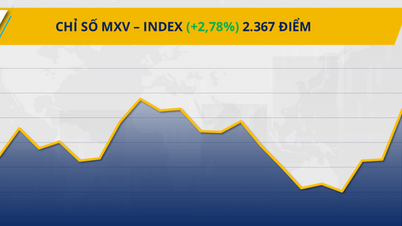

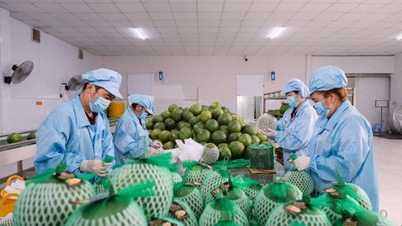

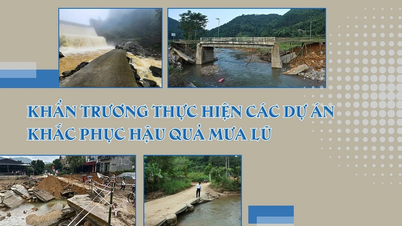

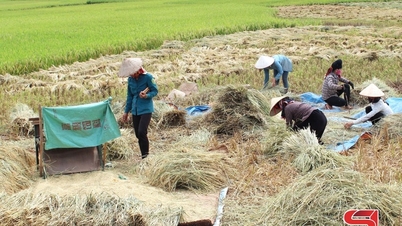



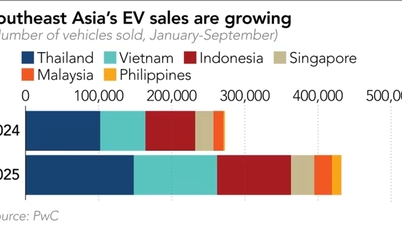






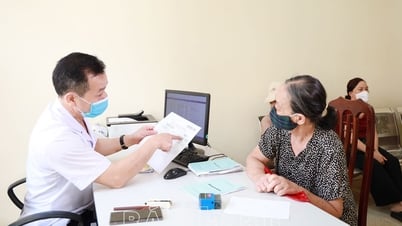
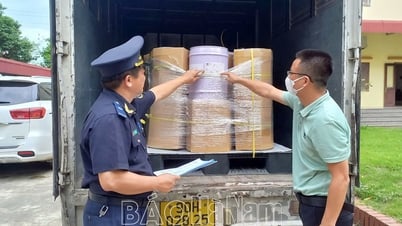

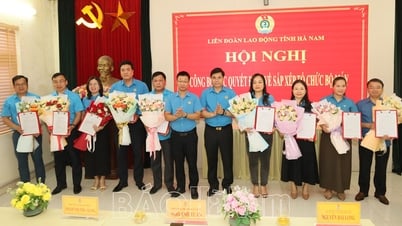

![[Photo] Dan Mountain Ginseng, a precious gift from nature to Kinh Bac land](/_next/image?url=https%3A%2F%2Fvphoto.vietnam.vn%2Fthumb%2F1200x675%2Fvietnam%2Fresource%2FIMAGE%2F2025%2F11%2F30%2F1764493588163_ndo_br_anh-longform-jpg.webp&w=3840&q=75)
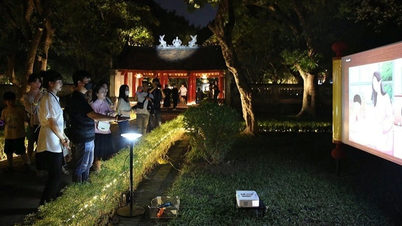



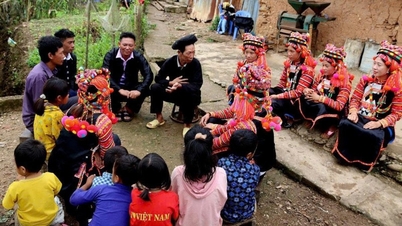
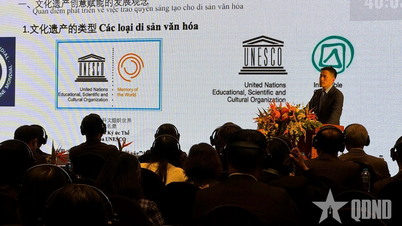

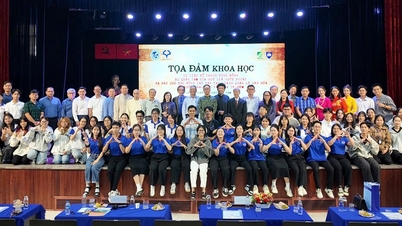













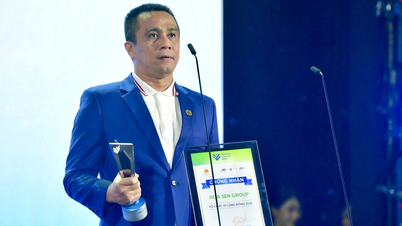


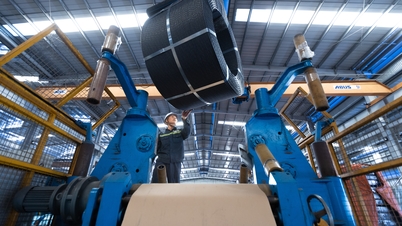






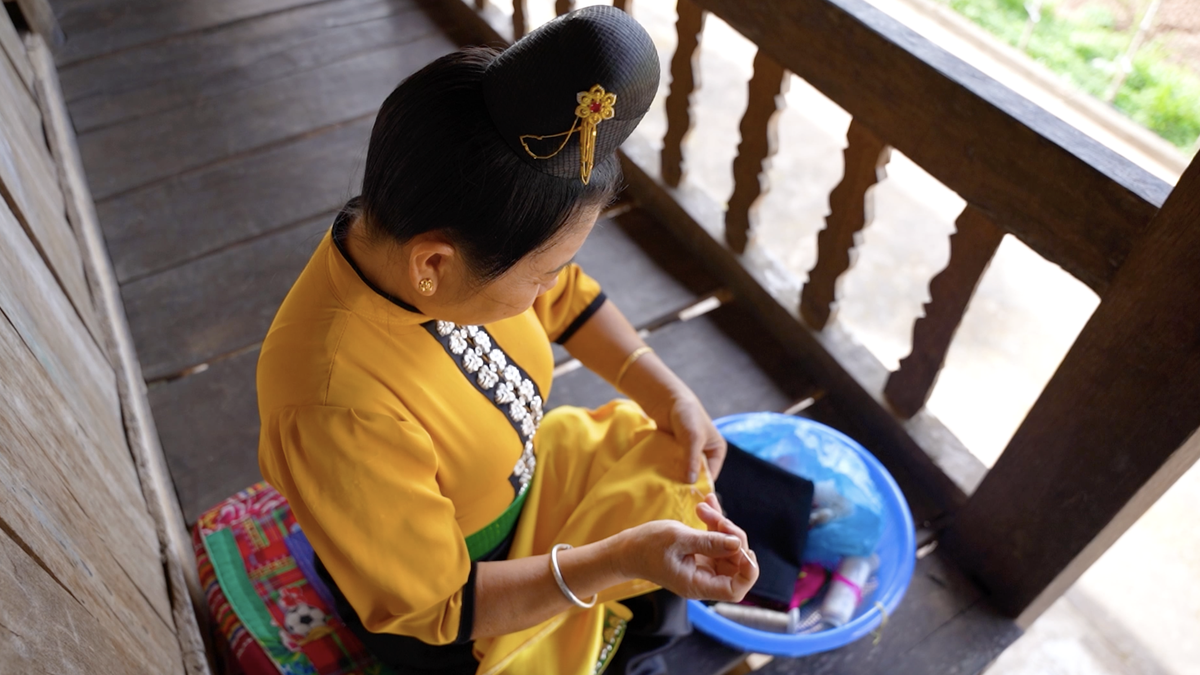

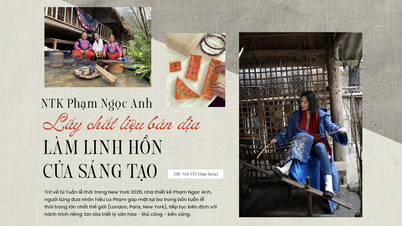




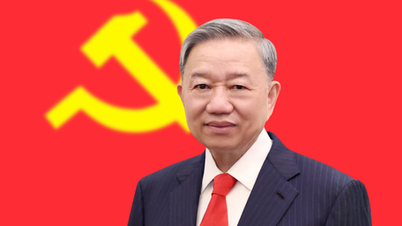





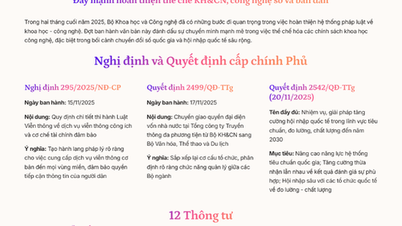

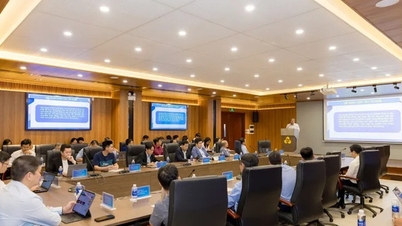

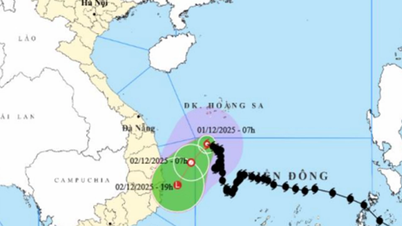





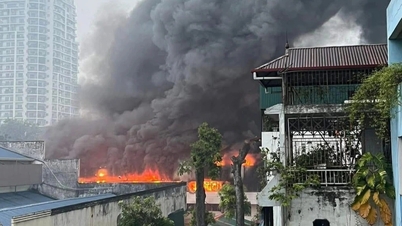










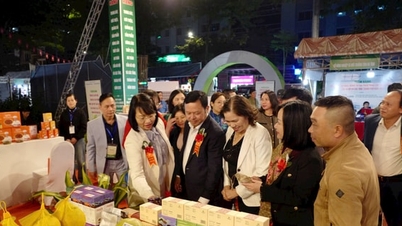
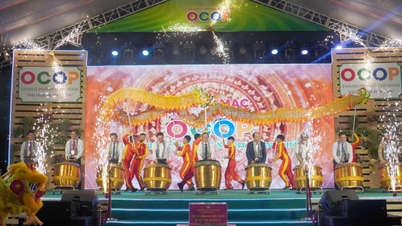





Comment (0)